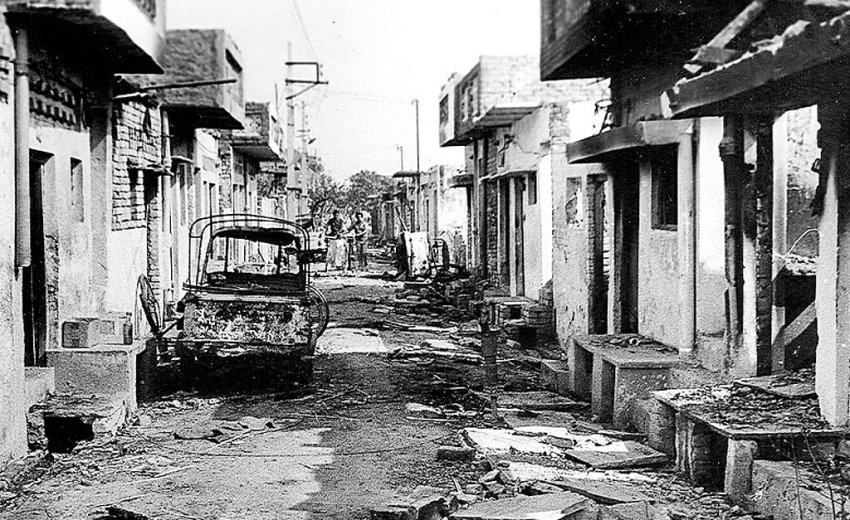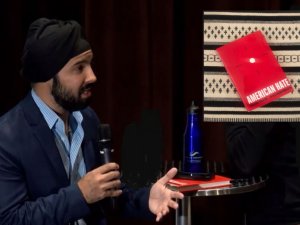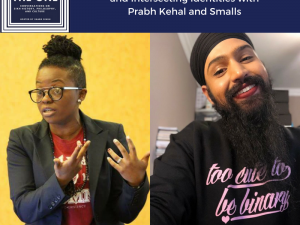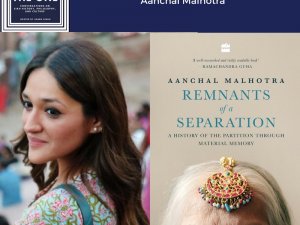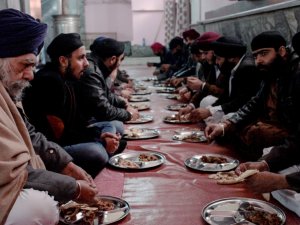Listen to my conversation with Pav on the first episode of my new podcast The One: Conversations on Sikh, Philosophy, and Culture
 Pav Singh’s 1984: India’s Guilty Secret walks readers through the events, characters, and motives surrounding the systematic mass murder and mass rape of over 8,000 Sikhs over the course of three days in November of 1984. Thirty-three years later, using recently declassified documents, interviews with survivors, and extensive research, Singh lays bare the Indian government’s meticulous planning of the attacks and subsequent coverup. A fast read, this book will open readers eyes to a horrifying picture of the extent to which power will go to silence dissent through fear.
Pav Singh’s 1984: India’s Guilty Secret walks readers through the events, characters, and motives surrounding the systematic mass murder and mass rape of over 8,000 Sikhs over the course of three days in November of 1984. Thirty-three years later, using recently declassified documents, interviews with survivors, and extensive research, Singh lays bare the Indian government’s meticulous planning of the attacks and subsequent coverup. A fast read, this book will open readers eyes to a horrifying picture of the extent to which power will go to silence dissent through fear.
Many Sikhs and those with knowledge of modern Indian history will have heard of the “anti-Sikh riots” of November 1984. The narrative goes something like:
In 1984, a militant Sikh movement was brewing in Punjab, which led to a military assault on the Golden Temple by the Indian government to defeat the leaders of the movement. In the process, the government forces had to use heavy tank shells on the Akal Takht, destroying it and defeating the armed group inside. The attack angered Sikhs and on October 31st, in an act of revenge, the Indian Prime minister, Indira Gandhi, was assassinated by her two Sikh bodyguards. Beginning that night and carrying on for the following three days, Hindu mobs roamed the streets of Delhi, killing Sikhs at random out of anger at their Prime Minister’s murder at the hands of Sikhs. Hundreds, maybe up to 2,000 were killed at the hands of “criminal elements” in an unfortunate moment of unrest and lawlessness.
If this narrative sounds familiar, there is a reason why.
Singh uses a massive array of sources to uncover the machinations of the Indian State behind the mass murder of its own people and its subsequent effort to cover it up. The lie of the “anti-Sikh riot” narrative has been used to mask what was ultimately an act of state sponsored terrorism in the form of ethnic cleansing and mass rape. The attacks had been planned for months—Gandhi’s assassination simply moved their execution up a few days from November 8th, the birthday of Guru Nanak, founder of the Sikh faith. By transporting, bribing, arming, and personally leading mobs, the ruling Congress Party under Gandhi’s son Rajiv killed over 8,000 people over three days and oversaw the rape of thousands of women and girls.
The reader is walked through the thread of the story of those days in November and the Orwellian nature of the Indian government's ironclad hold over the police, courts, and any other institutions meant to be arbiters of justice for the the citizens of India. This level of control ensured that almost none of the court cases raised against the state or individual members of the Congress party resulted in prosecution. At each turn, we are shown how the state and its agents intervened to thwart justice.
Singh also does a good job of describing the political and social context that could allow something like the murder of over 8,000 citizens in broad daylight to happen. Sikh interests since Independence and Punjab’s subsequent partition in 1947 had put them at odds with the newly formed nation’s central government. Sikhs had sacrificed inordinately for independence in terms of numbers of deaths and imprisonments resisting the British. They had also ruled over the largest and last indigenous kingdom in India before being defeated by the British in 1839. From the beginning of India’s existence, Sikhs and Punjab had been promised certain levels of autonomy and power over water rights among many other demands by the people of Punjab. This autonomy was ultimately never realised, which often put Sikhs in opposition with the Center. This opposition often manifested as political opposition and angered the first family of the ruling party, the Gandhis of Congress.
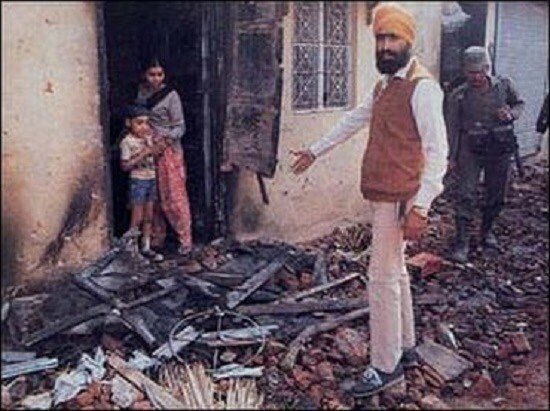 The genocide of 1984 was the state’s response to mass protest by common Punjabis under Sikh leadership. Aping the divide and rule tactics of their imperial predecessors, the Congress under Gandhi flirted with the far-right Hindu fascist mentalities of the day and mobilized Hindu citizenry to do their dirty work.
The genocide of 1984 was the state’s response to mass protest by common Punjabis under Sikh leadership. Aping the divide and rule tactics of their imperial predecessors, the Congress under Gandhi flirted with the far-right Hindu fascist mentalities of the day and mobilized Hindu citizenry to do their dirty work.
This book is painful to read but impossible to put down. The prose and fluidity of the writing are engaging and informative. The most powerful moments are the glimpses into the lives of the survivors. Dejected, displaced, impoverished, and seemingly forgotten, these people live with the scars of their trauma, which often means high levels of addiction and other forms of mental illness. It is also pragmatic and proposes a list of what must happen to begin to walk down the path of justice. Though many familiar with the history of the Sikhs and modern India may be familiar with the general story of 1984, this book lays out in detail just what that story is.
1984: India’s Guilty Secret is a quick read. The large format paperback is wrapped in a matte cover colored with somber tones of black and blue. The bold red title and dark images of violence and pain lay over and outline of the map of India. High quality photographs of the attacks and their aftermath give haunting visual references for the dark vision of the events. The font and layout is well-spaced and pleasant to read. The book is well worth the $18, which support the nonprofit publisher, Kashi House.
Listen to my conversation with Pav on the first episode of my new podcast The One: Conversations on Sikh, Philosophy, and Culture
About Pav Singh
Pav Singh was born in Leeds, England, the son of Punjabi immigrants. He has been instrumental in campaigning on the issues surrounding the 1984 massacres. In 2004, he spent a year in India researching the full extent of the pogroms and the subsequent cover-up. He met with survivors and witnessed the political fall-out and protests following the release of the flawed Nanavati Report into the killings. His research led to the pivotal and authoritative report 1984 Sikhs' Kristallnacht, which was first released in the UK Parliament in 2005 and substantially expanded in 2009. In his role as a community advocate at the Wiener (Holocaust) Library for the Study of the Holocaust and Genocide, London, he curated the exhibition 'The 1984 Anti-Sikh Pogroms Remembered' in 2014 with Delhi-based photographer Gauri Gill.
